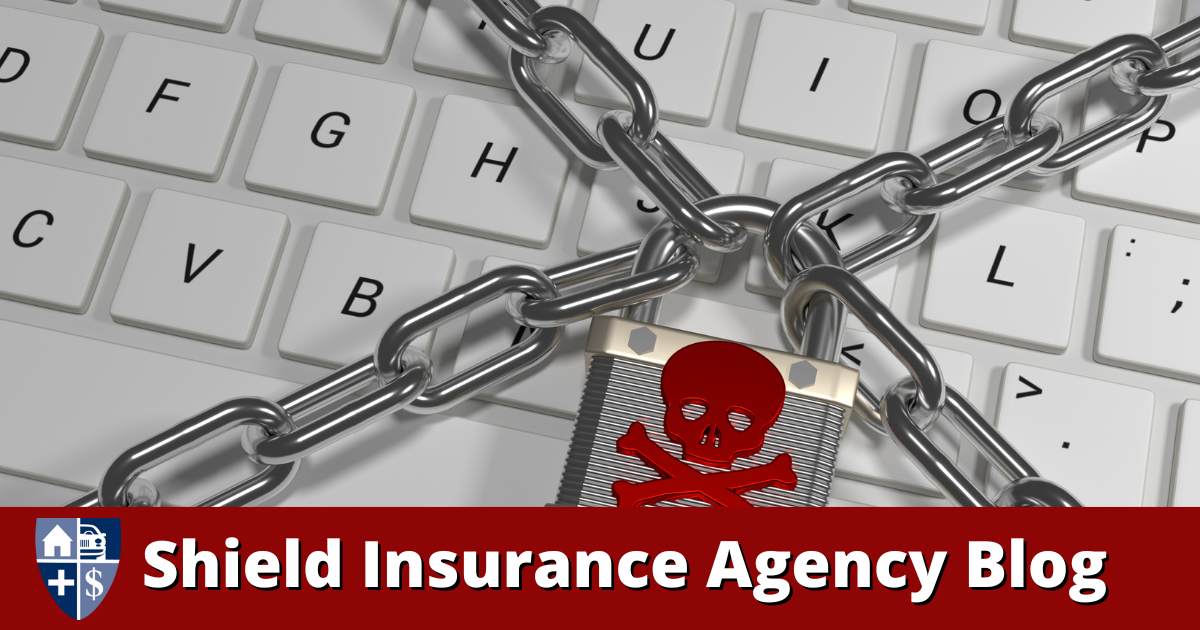
What is a Bond?
Acorns.com | Stacy Rapacon | Aug 18, 2022 | Bond
An investing novice might know just one thing about bonds: They’re boring. Which is precisely why you need them in your portfolio, and should get to know them better.
“Bonds are safe investments when you compare them with stocks,” says Tim Kim, a Certified Financial Planner and analyst with Francis Financial in New York City. “The main role [they play] is to further diversify your investments and act as a safety net for your portfolio when the market isn’t doing too well.”
They can also provide a steady stream of cash payments. But don’t confuse safety with simplicity; bonds can actually be pretty complicated. “They are a different breed [of investment],” says Certified Financial Planner Vid Ponnapalli, founder of Holmdel, N.J.-based Unique Financial Advisors. “Bonds are a little more loaded when compared with stocks.”
So we’ve pulled together a primer of all you need to know about bonds—starting with the most basic question of all.
What is a bond?
Basically, a bond is an IOU, or a loan that you give to the issuer. When you buy bonds, you do so with the expectation of getting paid back—with interest—in a certain amount of time.
They are also securities that can be traded, similarly to stocks, on exchanges or over-the-counter (directly with dealers, such as investment banks).
Who issues bonds?
Companies issue corporate bonds. The U.S. government issues Treasuries. States and municipalities (cities or towns with a local government) issue municipal bonds, adorably nicknamed “munis.”
These three main types of bonds each come with different levels of risk and expected returns, based on the general stability of the issuer. Overall, we think of Uncle Sam as pretty reliable (since he can print his own money), so the risks of Treasuries are minimal—as are the returns. On the other hand, companies can come and there’s a risk they can go, so corporate bonds typically offer greater returns with greater risk. Munis fall in the middle.
How do you buy bonds?
You can buy Treasuries at www.treasurydirect.gov.
For other types of individual bonds, you can make your purchase through a brokerage firm, but understand that you’re buying secondhand. The investment banks that deal bonds get them new, then pass them on to you on what’s called the secondary market.
The difference between how much the dealer pays for the bond and how much you pay is called the “spread.” You typically won’t know what that is because dealers don’t have to disclose it. What you can and should know when buying a bond is its coupon rate (how much interest it pays) and when it matures.
What does it mean when a bond matures?
Click here for the full story…



























































